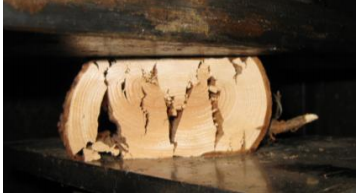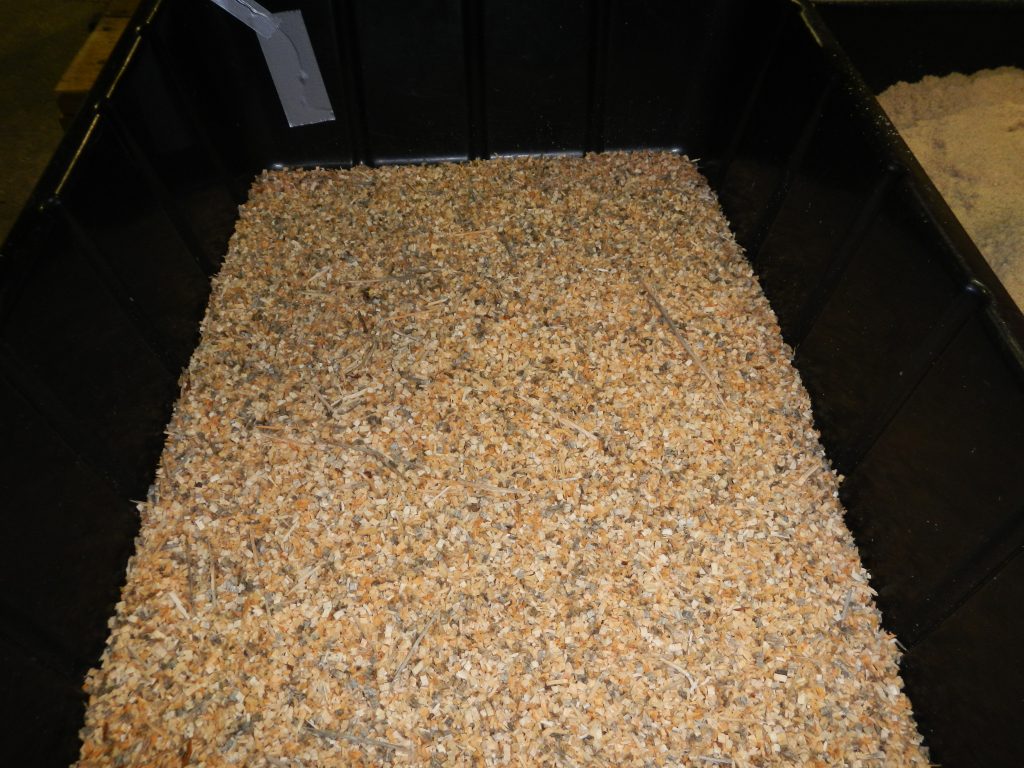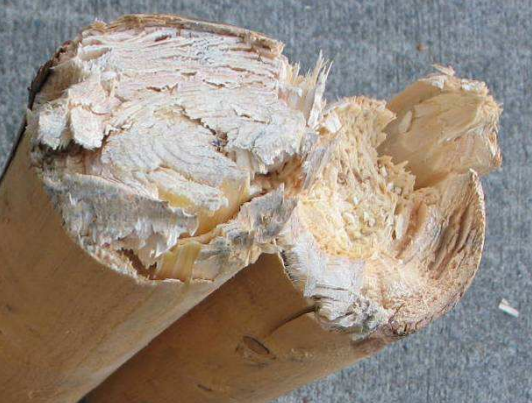Modeling Energy Consumption for Crushing of Roundwood as a First Stage of Feedstock Preparation
Abstract Our objective is to apply an understanding of the modes of failure and structural biology to substantially reduce the comminution energy required to produce bioenergy feedstocks. This paper explores the modes of failure for wood materials subject to crushing forces and how they could be used to develop a mathematical model of crushing forces […]





